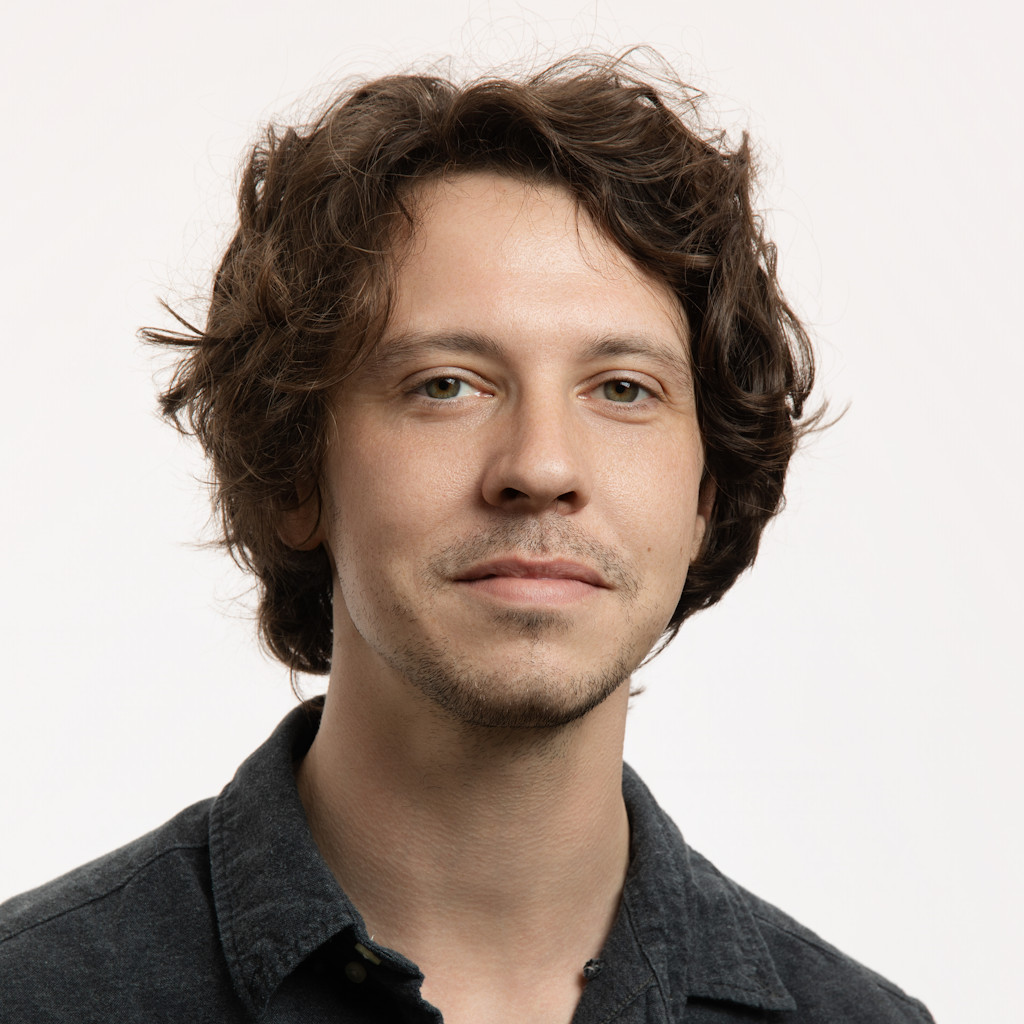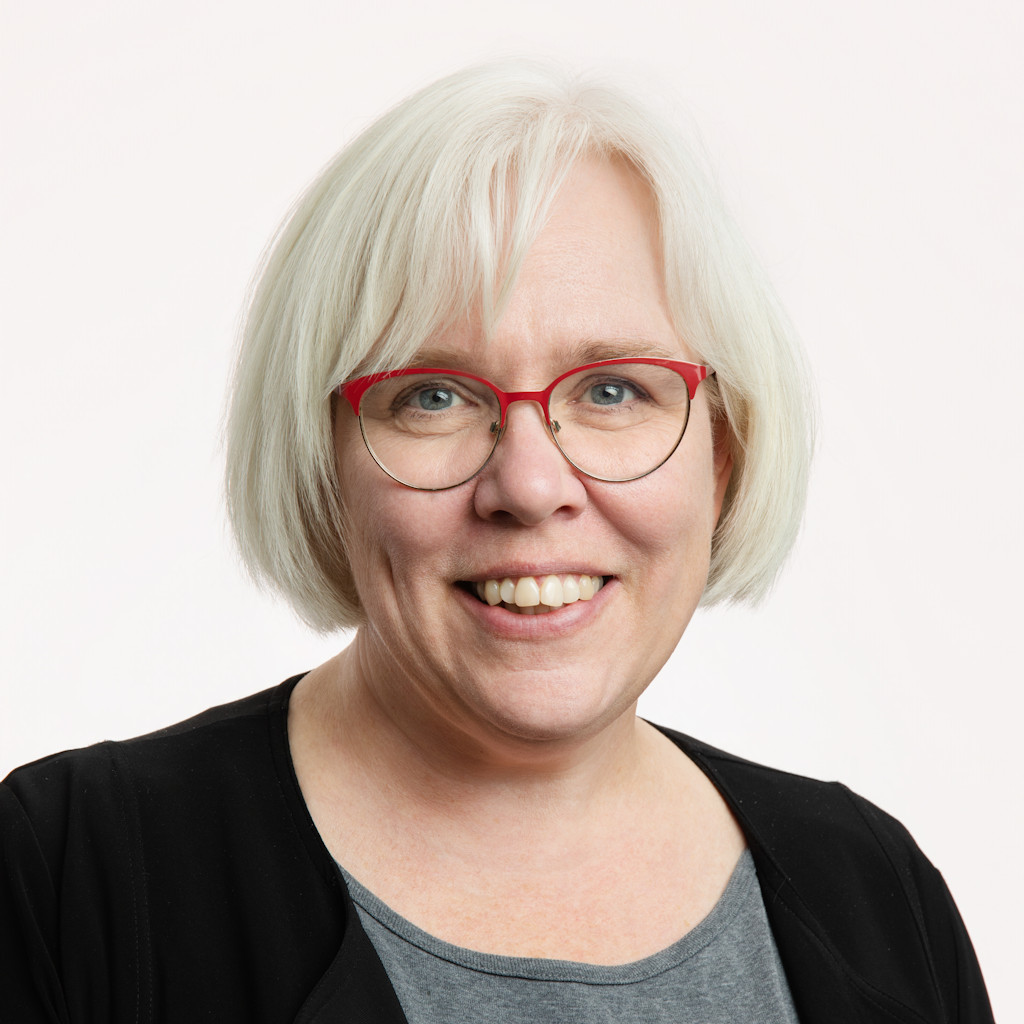
Wasted food is a climate issue — what can be done to decrease it?
By
Brett McKay
Edmonton's green bin program was started in 2021 to divert tonnes of garbage associated with food from the landfill. But the very act of having people separate organics from their trash may also be an oblique public awareness campaign about the prevalence of food waste, says the director of sustainable waste processing for the city.
"Residents are handling their waste in different ways than they had in the past. As soon as I had to take the kitchen catcher to the green cart, and recognized how often I was doing that, I became aware of how much waste I was creating," Neil Kjelland observed in an interview with Taproot. "And I think in a lot of ways residents are finding that. We're getting a lot of feedback that they weren't aware of how much organic waste they were creating. The hope is that once people have that recognition, they'll maybe make some decisions or steps to avoid doing that."
In the lead-up to the introduction of the green bins, a waste audit indicated that participating households produced an average of 2.6 kilograms of garbage related to food per week. Avoidable food waste made up 16% to 24% of total sorted garbage in the 2018 study.
While the green bins were being rolled out last year, an estimated 35,000 tonnes of food scrap waste was collected, Kjelland said. This year, the city is hoping to increase that to 60,000 tonnes. Composting reduces the environmental footprint of this food waste, but more impact would come from keeping food out of the garbage in the first place.
Globally, food waste accounts for 8% of all carbon emissions – a footprint that includes the greenhouse gases produced by food decomposing in the landfill and the energy consumed in farming, harvesting, processing, and packaging that is lost when food is thrown out.
The city's sustainable waste strategy doesn't encompass restaurants, businesses, and other distributors – for whom there are few systems in place to prevent unnecessarily tossing food, said Farrah So, a graduate research assistant at the University of Alberta who is studying food waste. "In Alberta, from what I know, it's still pretty inexpensive to send organic materials to landfill; those dumping fees aren't as high as other places in the country," she said.
Metro Vancouver introduced a ban on organics entering the waste stream in 2015, a policy that includes fines for businesses and retailers if their garbage contains excessive amounts of organic matter. Penalties like these could be an effective discouragement, both So and Kjelland agreed, but they are only one possible solution.
"I also think that there needs to be more options and cost-effective options for businesses to divert their food waste away from landfill before a system like that was put in place," So added.
One such cost-effective method, So suggested, would be funding or otherwise encouraging organizations like Too Good to Go, Leftovers, and Loop. These organizations all work to rescue food by connecting retailers and restaurants with consumers, community groups, or farmers who will use it.




